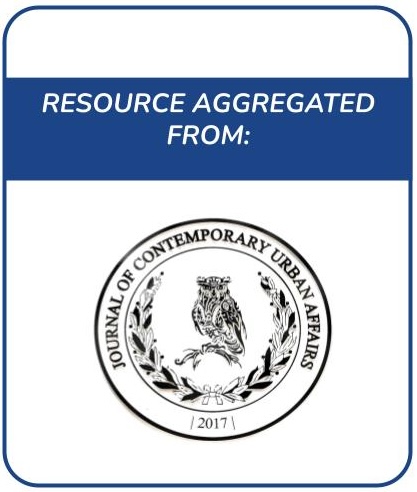National Versus Local Sustainable Development Plans and Island Priorities in Sanitation: Examples from the Kingdom of Tonga
Sanitation, water supply, and their governance remain major challenges in many Pacific Island countries. National sustainable development strategies (NSDSs) are promoted throughout the Pacific as overarching improved governance instruments to identify priorities, plan solutions, and fulfill commitments to sustainable development. Their relevance to local village-level development priorities is uncertain. In this work we compare national priorities for sanitation in NSDSs with those in village community development plans (CDPs) and with metrics in censuses from the Kingdom of Tonga.











